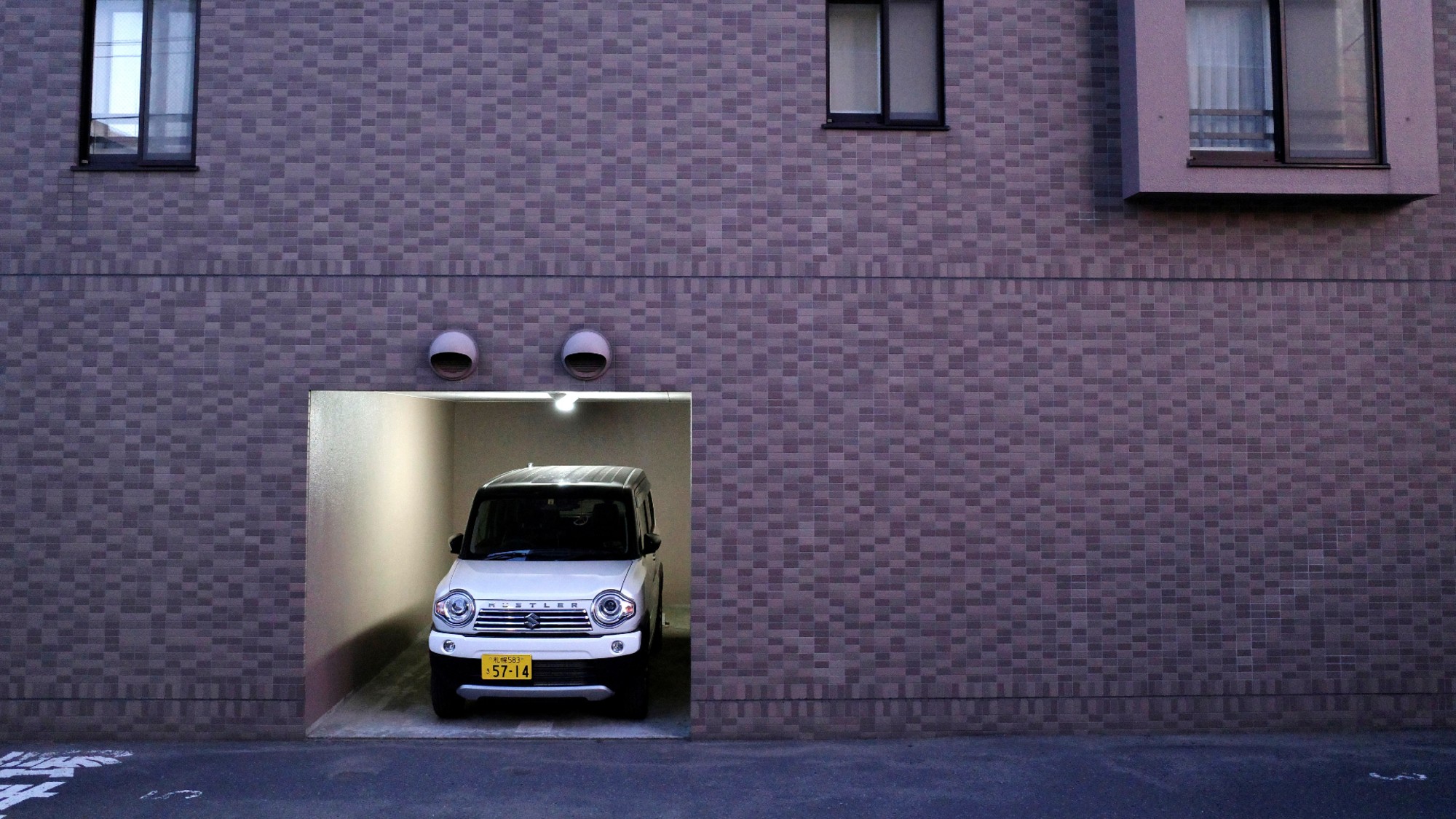Franz West, To Build a House You Start With the Roof: Work, 1972–2008
At the Baltimore Museum of Art’s retrospective of sculptures by Austrian Franz West, visitors are allowed to touch the artist's work—in fact, "they’re encouraged to sit on it, pick it up, kiss it."
Franz West, To Build a House You Start With the Roof: Work, 1972–2008
Baltimore Museum of Art
Through Jan. 4
The Week
Escape your echo chamber. Get the facts behind the news, plus analysis from multiple perspectives.

Sign up for The Week's Free Newsletters
From our morning news briefing to a weekly Good News Newsletter, get the best of The Week delivered directly to your inbox.
From our morning news briefing to a weekly Good News Newsletter, get the best of The Week delivered directly to your inbox.
Most artists don’t like it when you touch their creations, said Edward Gunts in the Baltimore Sun. At the Baltimore Museum of Art’s new retrospective of works by Austrian sculptor Franz West, however, “visitors are not only allowed to touch some of the artist’s work, they’re encouraged to sit on it, pick it up, kiss it,” and otherwise interact with it. One enormous new work, The Ego and the Id, consists of “colorful, loopy” forms that “undulate” 20 feet into the air. Jutting out from their bases are “plant-like protuberances that look like mushroom stools and are meant to be sat upon.” If you’ve never seen a West sculpture—and this is West’s first major exhibition in the United States—it can all seem like something out of Alice in Wonderland. Yet “though many of his pieces reveal a wry sense of humor, they have an underlying melancholy aspect to them.”
West grew up playing amid the bomb craters of postwar Vienna, said Peter Schjeldahl in The New Yorker. He first made his name in the 1970s, with what he called his “Adaptives”—“odd-shaped, white-painted lumps of papier-mâché on bent steel rods,” which viewers can pick up and swing around, or drape around themselves. A “gentle anarchist,” West aims to change the social relationship between artwork and viewer. Yet his visual wit and his “Play-Doh” colors and textures ensure that these “please-touch-me objects” never seem like pretentious lessons in art theory. West is not just an important and innovative sculptor. He’s one of the few artists working in any medium who knows how to “make a lot of people happy, including me.”
A free daily email with the biggest news stories of the day – and the best features from TheWeek.com
-
 Could smaller cars bring down vehicle prices?
Could smaller cars bring down vehicle prices?Today’s Big Question Trump seems to think so, but experts aren’t so sure
-
 2025’s most notable new albums
2025’s most notable new albumsThe Week Recommends These were some of the finest releases of the past year
-
 Trump aims to take down ‘global mothership’ of climate science
Trump aims to take down ‘global mothership’ of climate scienceIN THE SPOTLIGHT By moving to dismantle Colorado’s National Center for Atmospheric Research, the White House says it is targeting ‘climate alarmism’